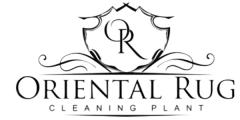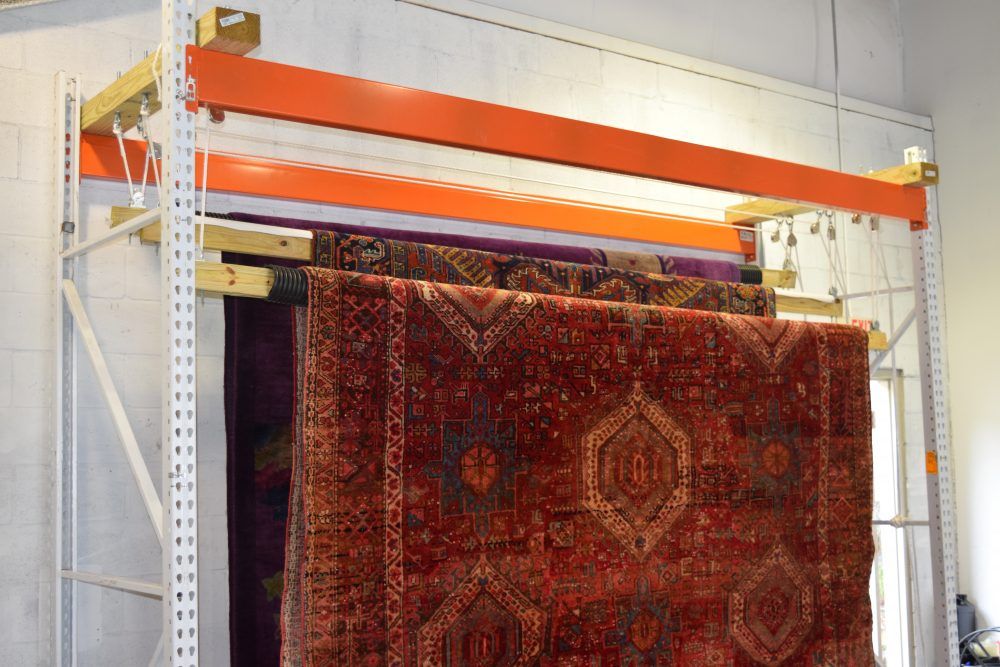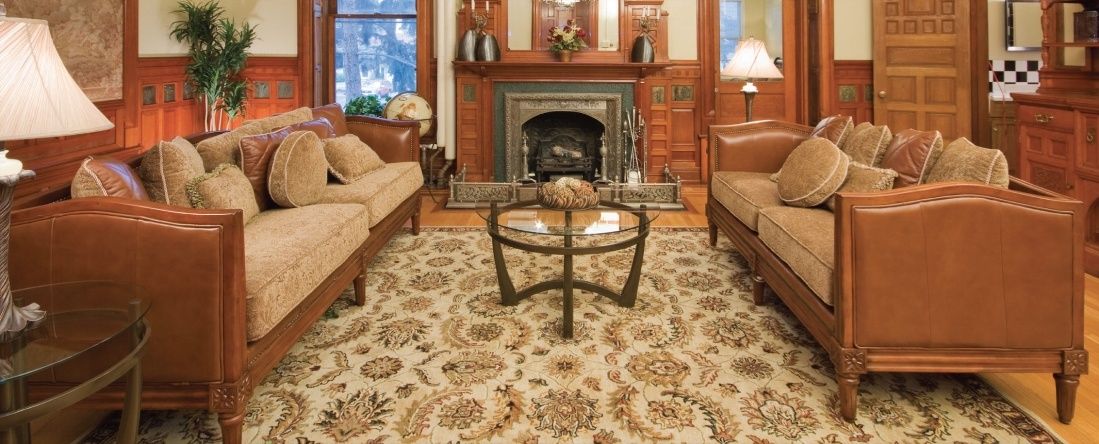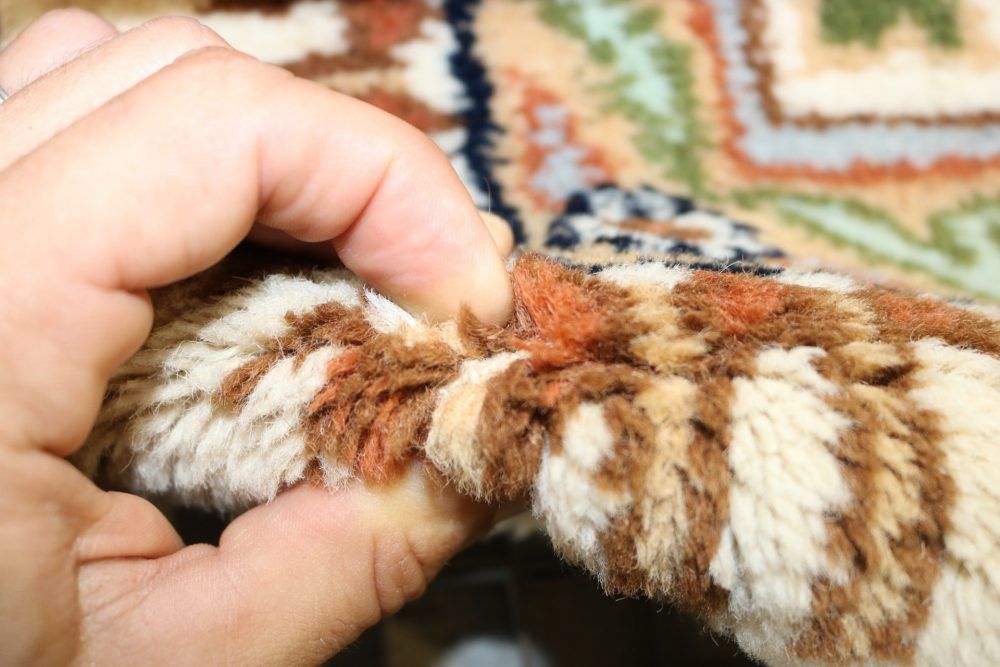Professional Rug Cleaning Facility
Here at our company we specialize in a wide variety of cleaning services. Most of our customers are very familiar with our Carpet, Upholstery, Tile & Grout cleaning and Home Cleaning services, while many of them have been becoming more familiar with our high end Oriental Rug Cleaning Orlando services. We have left our Rug Cleaning services in what you could call “beta mode” for too long. We hardly advertise this particular service yet we are flooded with customers who either have been pleased with other services we have provided for them or have been referred by a satisfied customer. We greatly anticipate an enormous influx of work once we actually begin to advertise this fantastic service.
It takes many years to accumulate all of the industrial equipment that we have purchased. We take pride in using only the best tools and cleaning solutions that the industry has to offer. It starts with proper grid systems to shake out the soil out of your area rugs. We use an industrial rug beater to gently vibrate the back of the rug and loosen the soils. Then to our submersion was pit where the actual cleaning of the rug is done. Then on to our drying racks with industrial air movers to dry the oriental and silk rugs.
When you come to us to have your beautiful, natural fiber rug cleaned we treat it with extreme care from the moment we pick it up until the moment we complete delivery. Once your appointment is set, you are on your way! Once of our specialists will arrive at you home during the predetermined appointment to meet you and do a short in home inspection of the rug. During this time, our specialist will be able to answer any questions you may have, so feel free to ask away! We will then collect the rug and bring it back to our facility. Once at our facility, it will go through a more detailed inspection in which we will check for a variety of things specific to each individual rug. The rug will then go through a process in which we remove any l oose dirt. Next, the cleaning process begins. Each rug will go through the same type of general cleaning, but some rugs will require different, specific treatments when various things are present. The cleaning process is a delicate, thorough shampooing process. This process will help to obtain the best possible results while helping to prevent any unneeded wear to the delicate natural fibers of the rug. Once the cleaning process is complete, it then is dried using air movers and drying racks. When the entire process is complete, the rug will then be wrapped and delivered back to your home, nice and clean! Try us once and we will be your go to for the rest of your cleanings!
oose dirt. Next, the cleaning process begins. Each rug will go through the same type of general cleaning, but some rugs will require different, specific treatments when various things are present. The cleaning process is a delicate, thorough shampooing process. This process will help to obtain the best possible results while helping to prevent any unneeded wear to the delicate natural fibers of the rug. Once the cleaning process is complete, it then is dried using air movers and drying racks. When the entire process is complete, the rug will then be wrapped and delivered back to your home, nice and clean! Try us once and we will be your go to for the rest of your cleanings!
















